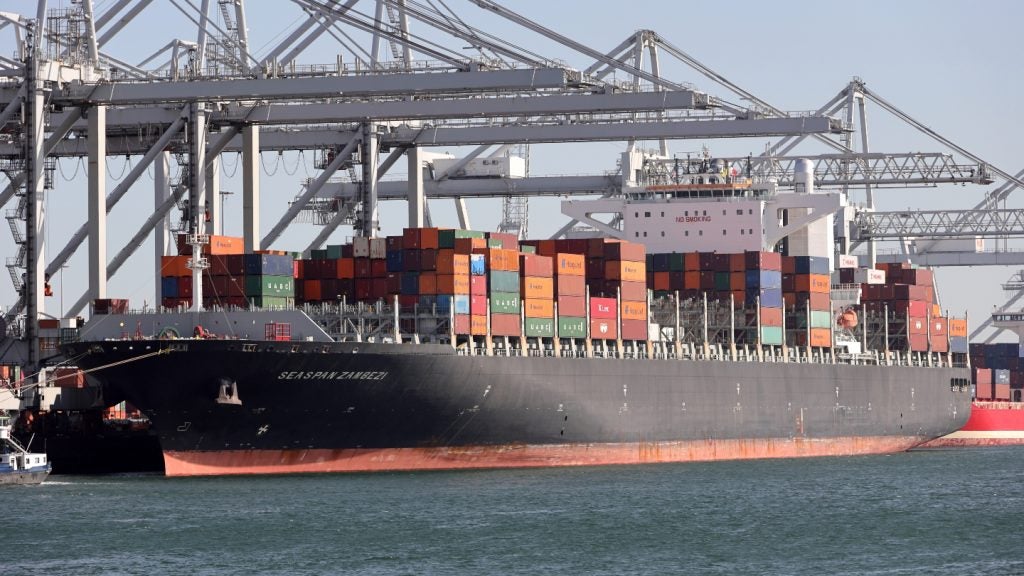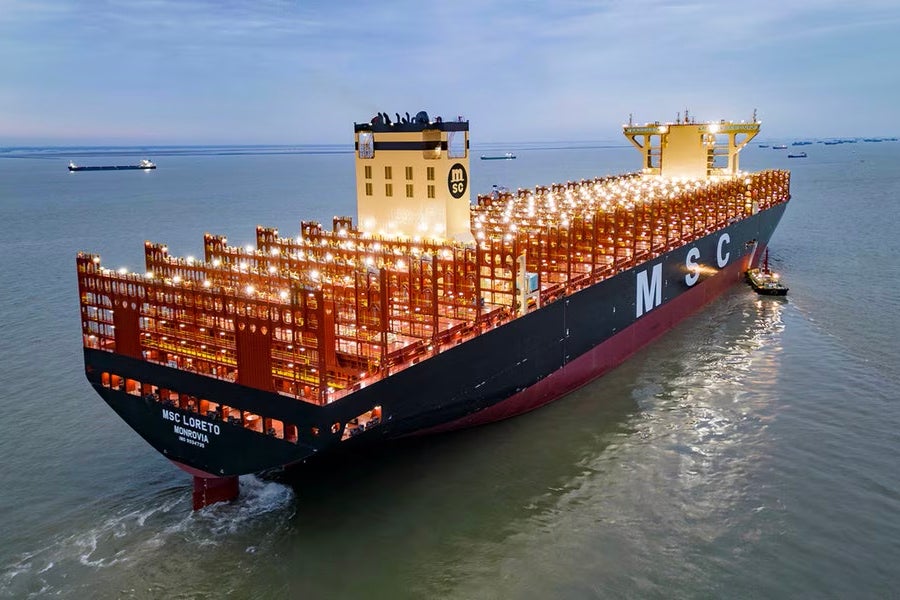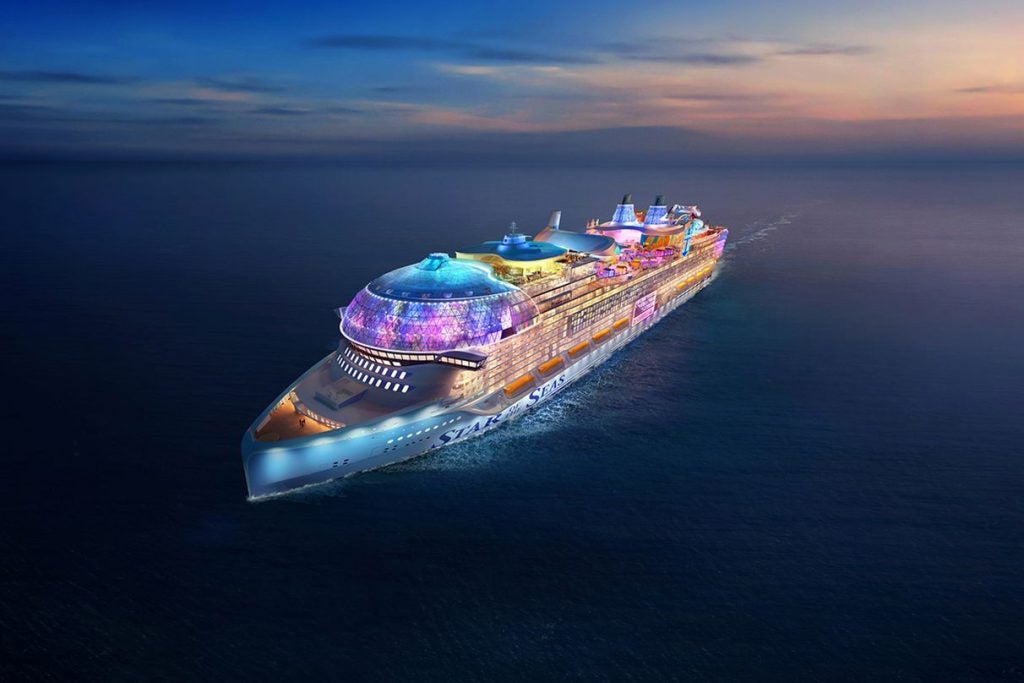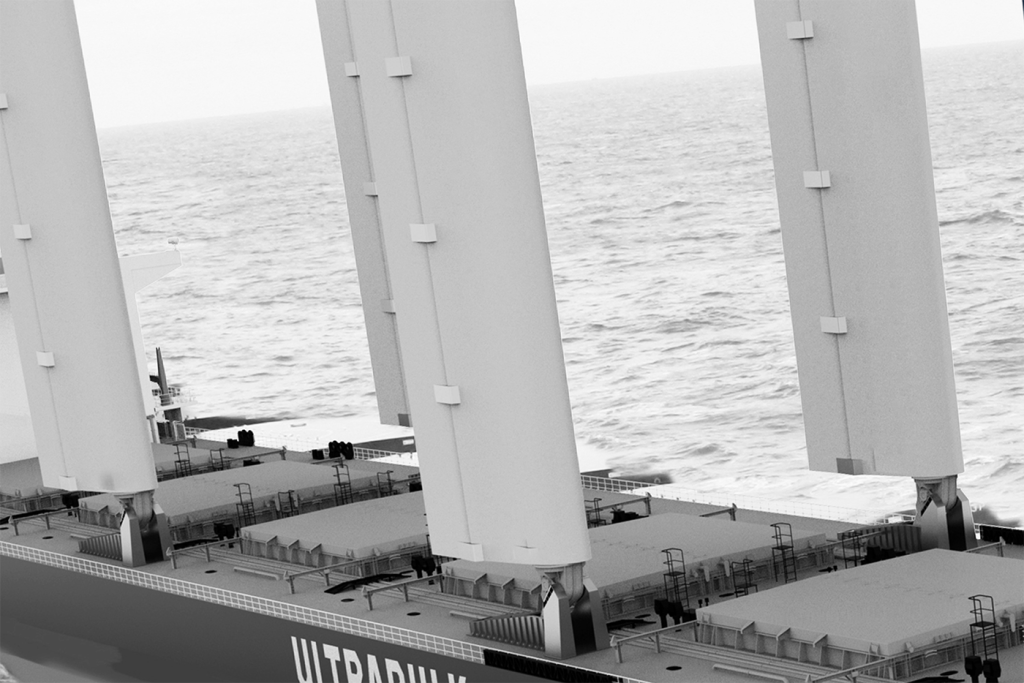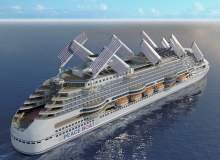

December’s UN climate change summit in Paris will be remembered as the moment when the world finally got together and agreed on a global, legally binding plan to reduce emissions and limit the extent of man-made warming to less than 2°C above pre-industrial levels.
Beyond the headline news, the conference of the parties served, as others have, as an opportunity for public and private organisations to discuss the environmental issues facing different sectors and industries.
Shipping, as the means of transportation for more than 90% of global trade, is no exception. Several conference sessions at the Paris talks were given over to shipping’s role in the long-term solution to climate change, and in the wake of the summit, debate is beginning to pick up over the prospect of a carbon tax for the shipping sector, as proposed by the International Monetary Fund and roundly rejected by the International Chamber of Shipping.
Amid the landmark announcements and industry-wide discussions, a comparatively small but quietly radical project was making its mark on COP21. Peace Boat, a Japanese non-profit dedicated to promoting human rights and environmental sustainability through ‘peace voyages’ on a chartered passenger ship, used the summit to announce that it had finalised the design for a new ship, one that the organisation touted as “the world’s greenest cruise ship”.
The Ecoship project: setting a greener standard
The Ecoship, as the vessel has been dubbed, is scheduled to have its maiden voyage in 2020. The ship, which was developed by a team of more than 30 engineers and experts in shipbuilding and environmental design, is intended to carry out Peace Boat’s concept of providing a mobile ‘floating village’ to provide education, carry out research and host green technology exhibitions around the world, but incorporating technology “that will minimise environmental impact to an extent that surpasses the current best-in-practice”.
How well do you really know your competitors?
Access the most comprehensive Company Profiles on the market, powered by GlobalData. Save hours of research. Gain competitive edge.

Thank you!
Your download email will arrive shortly
Not ready to buy yet? Download a free sample
We are confident about the unique quality of our Company Profiles. However, we want you to make the most beneficial decision for your business, so we offer a free sample that you can download by submitting the below form
By GlobalDataSpanish design firm Oliver Design provided the architectural design for the 55,000-tonne vessel, which, its developers believe, will provide inspiration and proof-of-concept for eco-conscious cruise operation that could spread to the passenger shipping sector.
“Peace Boat’s 2020 launch of the Ecoship offers a vision for a climate-friendly future and can lead the way towards a green cruising model that can also impact the wider shipping industry,” said Peace Boat founder and director Yoshioka Tatsuya. “The industry must adapt to the planet’s needs.”
Although it is true that the cruise sector’s marine emissions represent a drop in the ocean when compared to the thousands of cargo ships, container giants and chemical tankers that ply the world’s maritime trade routes, the organisation hopes that promoting change in the public-facing cruise industry will help shift environmental expectations across the shipping world.
As Peace Boat’s December 2015 press release stated: “While the cruise industry represents only a tiny fraction of world shipping, it still comprises hundreds of large ships visiting pristine marine areas and must contribute to the agenda of solutions. Further, cruising is the most publicly visible interaction between modern shipping and the public and thus has the greatest potential to raise awareness and effect change across the industry as a whole.”
The Ecoship’s green features
So what are the features that elevate the Ecoship’s design to the status of greenest in the world?
“[The Ecoship] displays a perfect combination of improved energy efficiency and renewable sources of energy,” said former Swedish Energy Agency director and Ecoship consultant Tomas Kaberger at Sustainability Week in Abu Dhabi in January 2016.
The vessel’s design does indeed bring together structural efficiency with renewable innovations. The development team – which included experts in biomimicry – took inspiration from the humpback whale for the ship’s aerodynamic upper hull form to improve fuel efficiency, while the hull’s non-toxic, anti-fouling coating mimics fish skin. Ventilation, meanwhile, will be provided naturally, with heating and air conditioning augmented by recycled waste energy from the ship’s main engines.
Even the aesthetics of the Ecoship’s accommodation design are bound to its environmental message, with an onboard garden serving as the “heart and lungs of the ship” and cabins designed according to biophilic principles that emphasise humans’ innate connection with nature.
Of course, the main opportunity and challenge when it comes to environmental performance is propulsion. In optimal conditions, the vessel’s ten retractable wind energy-generating masts and 6,000m² top-deck solar farm will dramatically reduce the use of traditional fuel. Cleaner-burning liquefied natural gas (LNG) will be used as a top-up fuel, and Peace Boat also hopes to future-proof the propulsion system by making it adaptable to the use of biofuel and even kitchen waste as alternative sources of fuel.
What do all these features add up to in terms of top-line environmental performance? As well as reducing carbon emissions by 40% when compared to pre-2000 cruise ships using standard propulsion, the Ecoship will also eliminate NOx and SOx emissions. A closed-loop water system means no water discharge or sea dumping.
Cruise vessels and the environment
When asked by the Daily Telegraph newspaper to comment on the Ecoship and whether cruise operators had plans to incorporate some of its proposed features, the Cruise Lines International Association (CLIA) would not be drawn on specifics but did emphasise the importance of environmental performance in today’s cruise market.
“Being environmentally conscious and proactive is not just a need for the industry, it’s a deep desire that is fundamental to how we do business,” a CLIA spokesman said. “From the most stringent wastewater treatment policies in the global maritime community to continuous reductions in air emissions, CLIA members work with regulators and various industry stakeholders to deliver on their commitment to the environment.”
While the global cruise fleet is still predominantly using conventional propulsion methods, newbuild projects are starting to emerge that take a more radical approach to emissions reduction. In 2015, the world’s largest cruise company Carnival announced, as part of an agreement with shipbuilders Meyer Werft and Fincantieri to order nine newbuild cruise ships between 2019 and 2022, four new ships to be built by Meyer Werft that will be entirely powered by LNG, the cleanest-burning fossil fuel.
The ships – two of which will launch for AIDA Cruises while the remaining two will become part of the Costa Cruises brand – will become the first LNG-powered cruise vessels in the industry. Like other vessel types that have become early adopters of LNG propulsion, these ships will likely serve as effective large-scale demonstration projects, reducing the perception of risk for other cruise operators considering following suit.
With shoreside power facilities (and the onboard technology required to make use of them) gradually spreading and other ambitious green cruise designs such as the ultra-efficient ice-breaking cruise vessel unveiled by marine architecture firm Knud E. Hansen in September 2015 continuing to emerge, the cruise industry is taking its early steps on the long road to more sustainable operations. But with emissions regulations becoming ever stricter and the need to mitigate pollution growing increasingly urgent, an advanced green cruise vessel such as the Ecoship could be, if successfully completed, exactly the kind of giant leap the industry needs.


